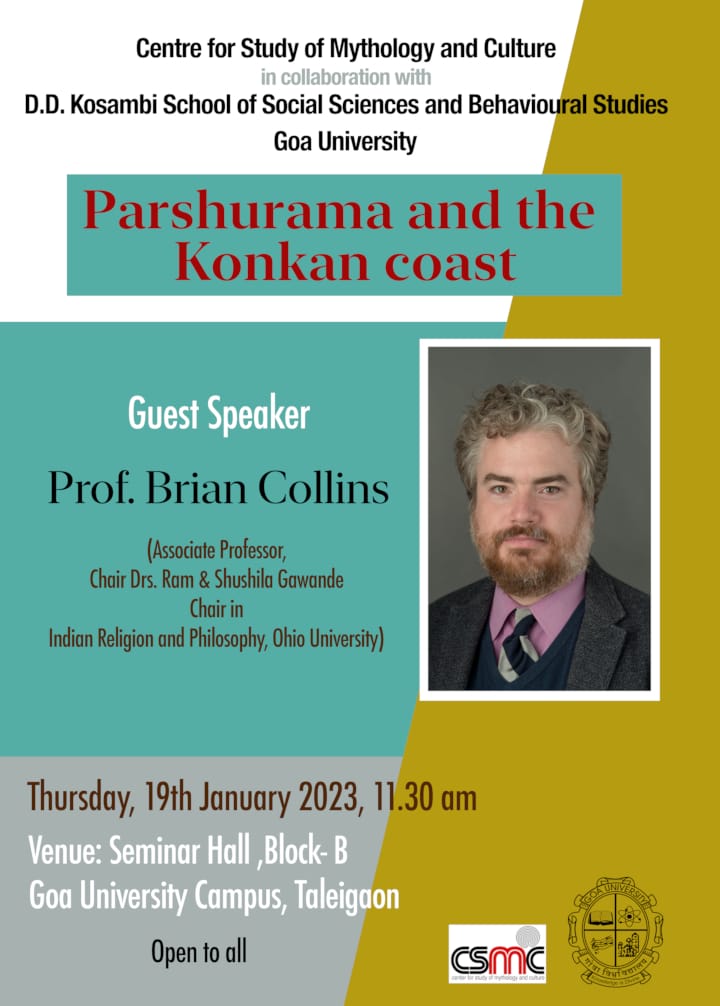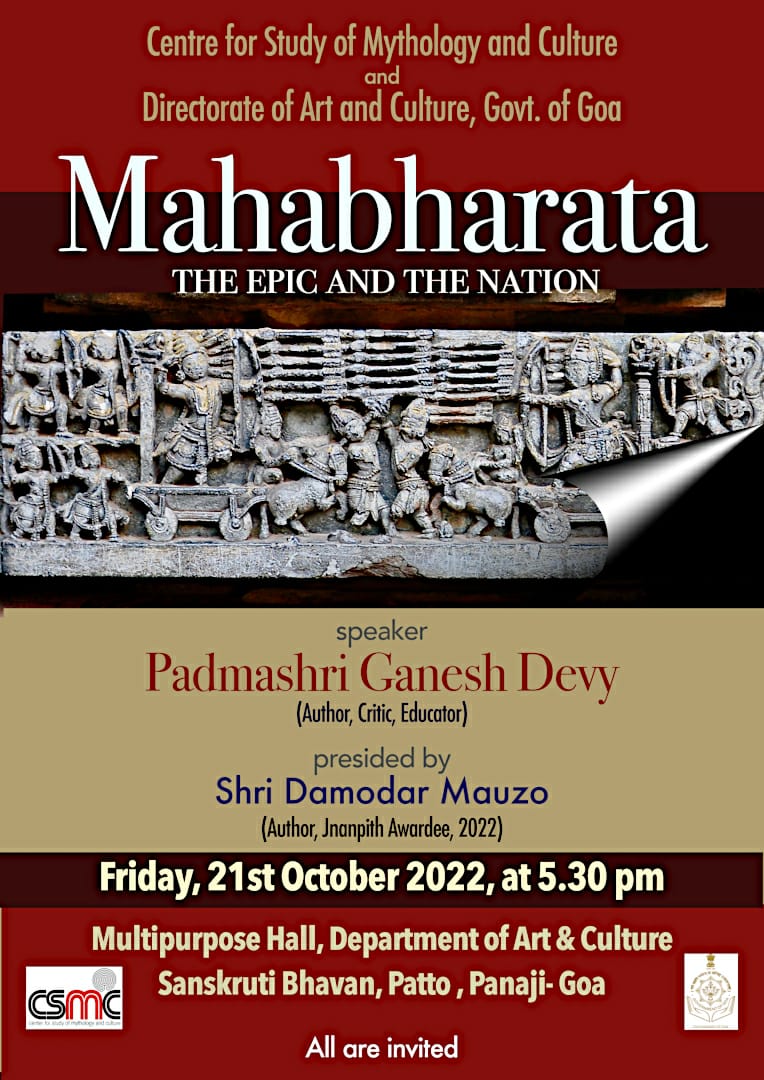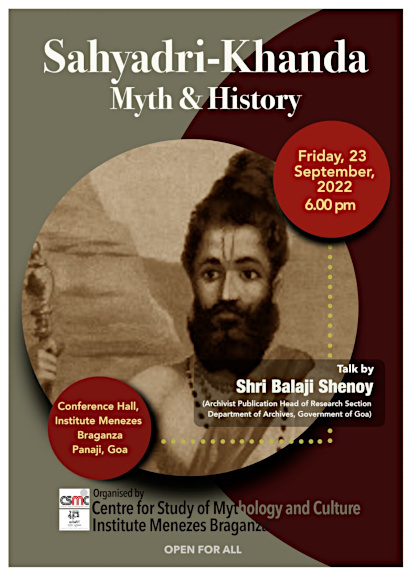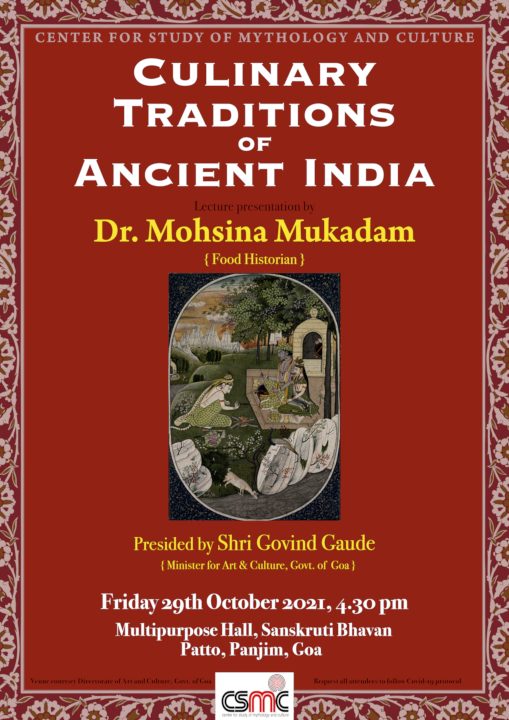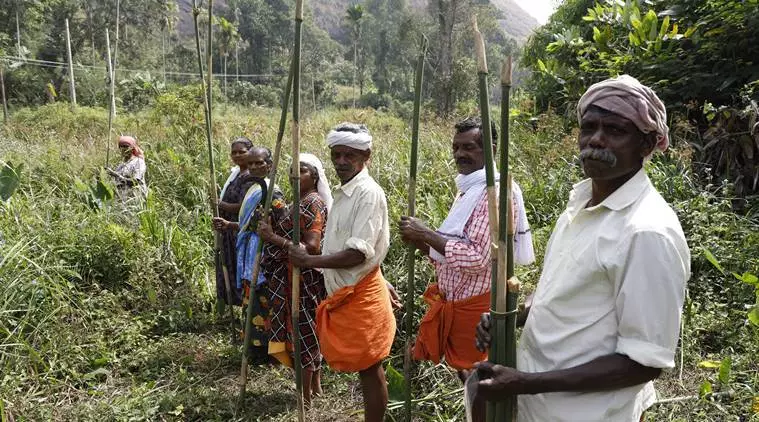
There are five tribes in Wayanad. Long ago, each had its own culture, traditions and language. Then outsiders entered and slowly corrupted the tribal folk. The tribals began to brew liquor and work as wage labour. They became impoverished. Their self-respect and discipline vanished. Their children were selling liquor and drugs. They became ashamed of their background, their culture, of themselves. There is a legend which tells their story.
There once was a prosperous era named Maveli, when everyone was equal. There were no lords and no slaves. King Mavelimantru ruled then. Three outsiders entered and killed Mavelimantru. They grabbed the land and broke up the tribes. They split the people into castes.
The lower castes became the slaves of the outsiders who now considered themselves as lords. The lords were known by different names such as Gounders, Chettiars, Nairs and Nambiars. The tribal slaves were forced to clear the thick and dense rainforests, cut the hill slopes to make paddy fields and grow crops for the masters.
The l ords appointed a goddess named Mali * to watch over the activities of the tribal slaves. Mali’s watchful eyes followed the tribals everywhere. They lost their freedom altogether. Somehow, Melocharan (the first father) and Keeyaruthi (the first mother) managed to escape from the clutches of the lord. The legend describes them as ‘brother and sister above the hip, man and woman below the hip.’ They reached Pakkathapan where the goddess Mali caught up with them and cursed them with slavery both in life and after life as well. Melocharan was sent to work in the forest and Keeyaruthi in the kitchen.
One day Melocharan persuaded Keeyaruthi to come with him into the forest. But Keeyaruthi could not adjust with life in the forest. She became affected by the spell of modernity. She no longer wanted to drink from the natural springs but wanted water from the silver pond of Pakkathapan. They went to the silver pond.
The water eluded her and she had to climb down the steps to reach it. Lower and lower she went till she reached the bottom, when the water rose suddenly and she was drowned. Melocharan could only grab her hair. In despair, he flung it on the ground. It became a grass called Maanippullu.
Story collected by by John Thekkayam
Source (page 11): http://multiworldindia.org/wp-content/uploads/2010/04/baby-and-Sherly.pd
Location : Kerala
Image source: https://indianexpress.com/article/india/a-king-and-his-tribe-how-the-mannans-of-kerala-are-struggling-to-preserve-age-old-tradition-4633351/
( image is only for illustration purpose )







